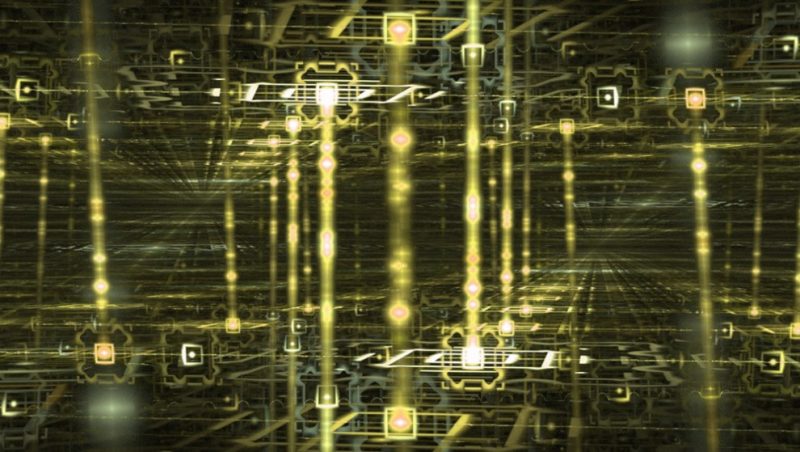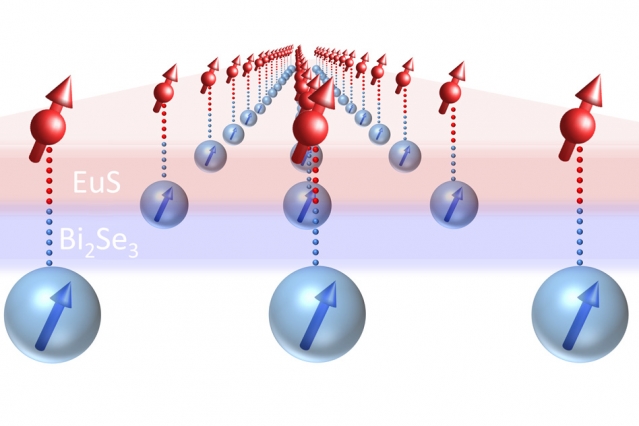Materials with Unexpected Magnetism Could Advance Robust Quantum Computer Architecture


Researchers are astonished by a new and completely unforeseen magnetic effect. This new information may open up doors to electronic device advancement and quantum computer architecture.
The study surrounds topological insulators (or TIs), which are a family of materials. The electronic properties of these materials has the potential of building new generations of electronic, spintronic and even quantum computing devices. The inside of TIs act a lot like insulators, blocking the natural flow of electrons, while their exterior work as ideal conductors.
There is still a lot of work to be done in order to harness the true power of this fascinating material. Those studying the material have been given the most grief when attempting to combine TI with materials that provide magnetic properties that can be manipulated, a problem that Massachusetts Institute of Technology (MIT) researchers have finally found a solution to.
Jagadeesh Moodera of the Department of Physics and post doc Ferhat Katmis led a team at MIT. The team was able to bond a considerable amount of molecule layers of bismuth selenide (Bi2Se3) to europium sulfide (EuS). Bi2Se3 is a topological insulating material, and EuS is a magnetic material. The result was a material that preserves all exotic electronic properties found in TI and all of the magnetization capabilities provided by EuS. The biggest shock was the amount of stability contained within the bond. EuS alone can only hold a magnetic state when in temperatures around 17 degrees above absolute zero, while the new material can maintain characteristics all the way up to room temperature.

(Image credit: Ferhat Katmis)
Moodera says the findings are something that nobody would have expected even in their wildest dreams, astonishing everyone involved. He says at this point it’s impossible to know what will be discovered in the upcoming experiments. Combining materials with such different properties is an area where there is not that much research experience. Moodera says precision is a key factor in creating repeatable results, with even something as small as a single atomic layer could greatly alter data.
The team says this information could bring the world a step closer to building new kinds of magnetic interactions at the merge sites amid materials, with a security that could lead to magnetic memory devices with the ability to hold information within individual molecules. The resulting effect of the bond (known as proximity-induced magnetism) could allow for a wide range of “spintronic” devices which would not require electrical charge of electrons to work. Instead the devices would be based on the spin of electrons.
Katmis says the nice thing about all of the new findings is that it demonstrates not only the fundamentals of physics but has the potential of many future applications. Professor of physics at Harvard University, Philip Kim says the work done by Moodera’s group is an exciting representation of the idea that the whole is far greater than the sum of all its parts. He explains that topological insulators and magnetic insulators are two completely unrelated materials and yet they are able to produce emergent effects when atomically fused.
Full information on the study can be found in the Nature journal.









